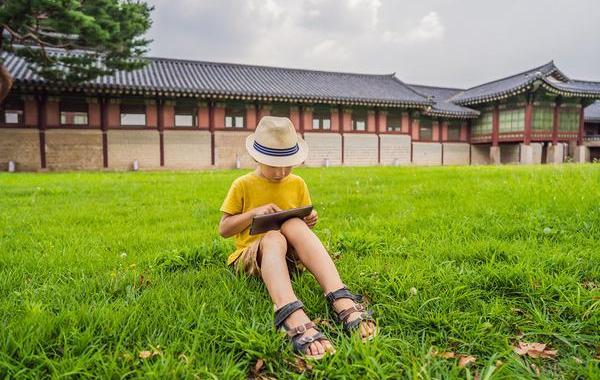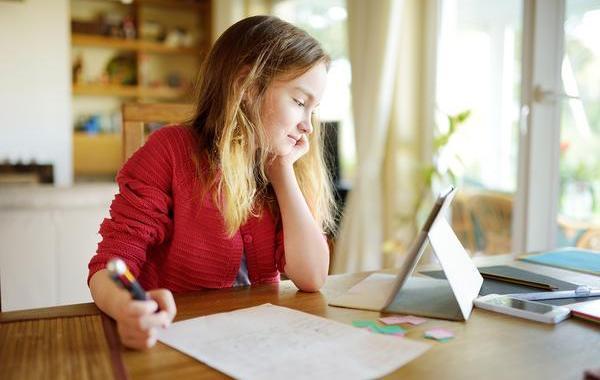Android is an “open source” operating system, which allows developers to build tablets with kids and their safety in mind. Yet not all tablets are created equal, and any tablet will have limitations you’ll need to address. Here are the best, and how to make them better.
The Best Tablets For Kids
Pre-K to Elementary: Leapfrog LeapPad
A tablet designed entirely with kids in mind, the Leapfrog is built for education and offers a largely “closed” ecosystem of tools designed to get kids learning. That said, it’s a tablet designed for kids 3-6, and won’t really grow with kids beyond a certain point.
Elementary to Preteen: Amazon Fire Kids 7”, 8” and 10”
Built expressly for children, right down to the case, Amazon’s tablets are built to be both easy to use and able to withstand the worst abuses kids will put them through. One downside for parents, however, is that they’re tied intimately with Amazon’s retail ecosystem, which may limit certain apps or tools.
Preteen: Barnes and Noble Nook 10.1”
The most size for the buck, and designed for reading, the one trade-off is that it’s built to sell books on Barnes and Noble’s book platform. It will play nice with other apps, but it may take some work to properly configure.
Teens: Samsung Galaxy Tab Active
For teens who are responsible enough for a more open device, but perhaps might still put a tablet through some tough times, the Tab Active series comes with a rugged case. However, it’s also intended for all audiences, so there will be fewer controls.

Built-In Controls And Options
Which controls will be available will depend on the device and the manufacturer. Before handing over a tablet:
– Familiarize yourself with each device’s internal controls. Set up any parental controls on the Google Play store, for example, and see if third-party apps can be installed.
– Replace apps aimed at adults as well as kids with versions that are kid-only, such as YouTube Kids.
– Set specific rules for devices that apply to the entire family.
Keep in mind, these tools will necessarily be limited, and the decisions are driven by what the manufacturer wants, not the parent. For example, Amazon offers tools to track how often a tablet is used and which can independently block or approve in-app purchases, but the Fire tablets will never let you permanently block in-app purchases. That’s contrary to what Amazon wants. Also remember that the manufacturer can change their settings and standards at any time, so what’s a “safe” device today may not be one tomorrow.
Installing Third-Party Parental Control Apps
A third-party parental control app can offer a degree of control that manufacturers simply cannot. Screen Time, for example, includes features like Instant Pause to enforce rules, and will let you set a specific schedule for when a best tablet for tweens kids can be available, blocking off bedtimes and homework times. It also allows you to whitelist or blacklist certain apps, so you can discuss what kids want to install and allow or not depending on what you perceive as the value. To learn more about parental control apps, try it for free!


Join the conversation